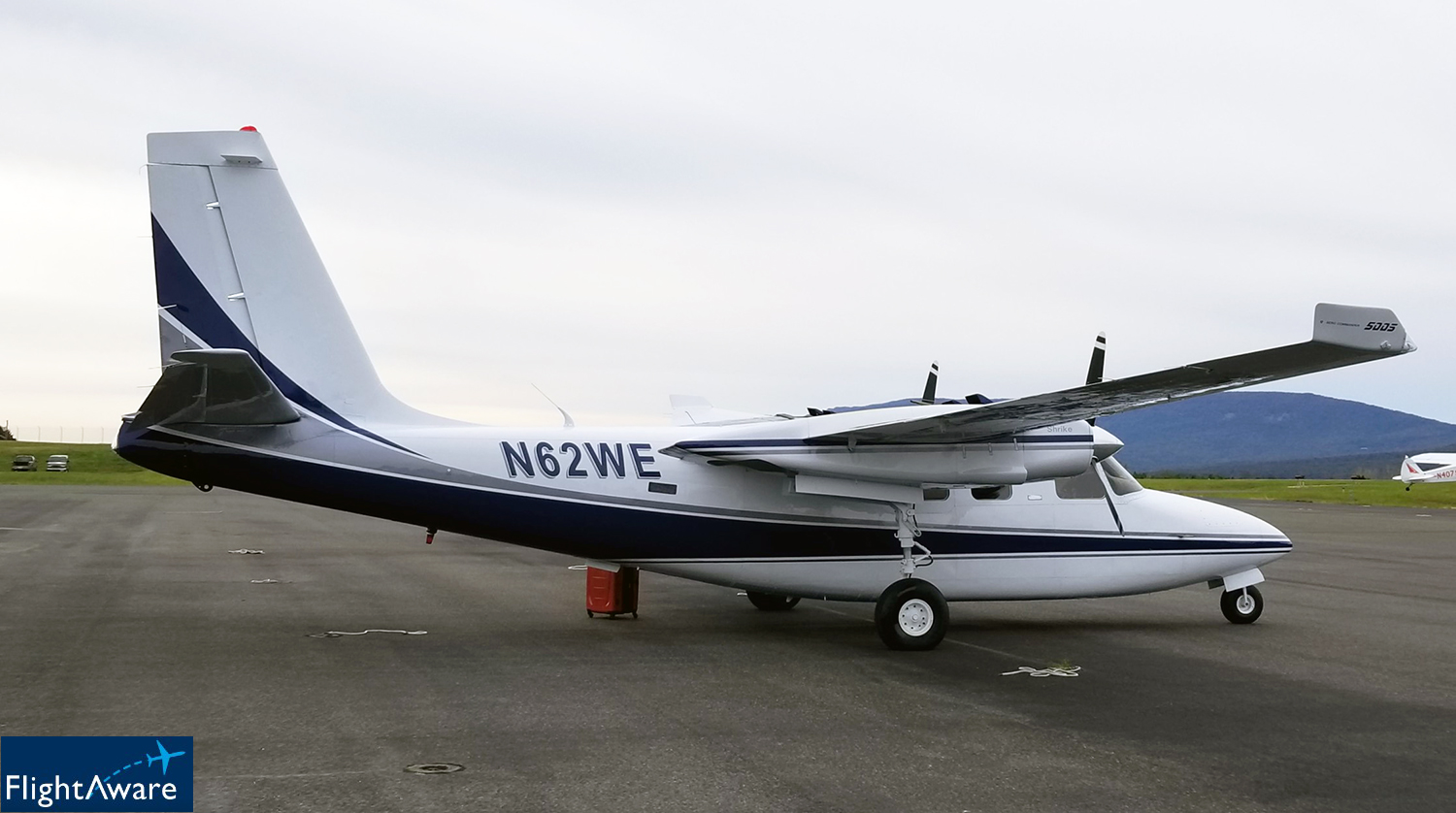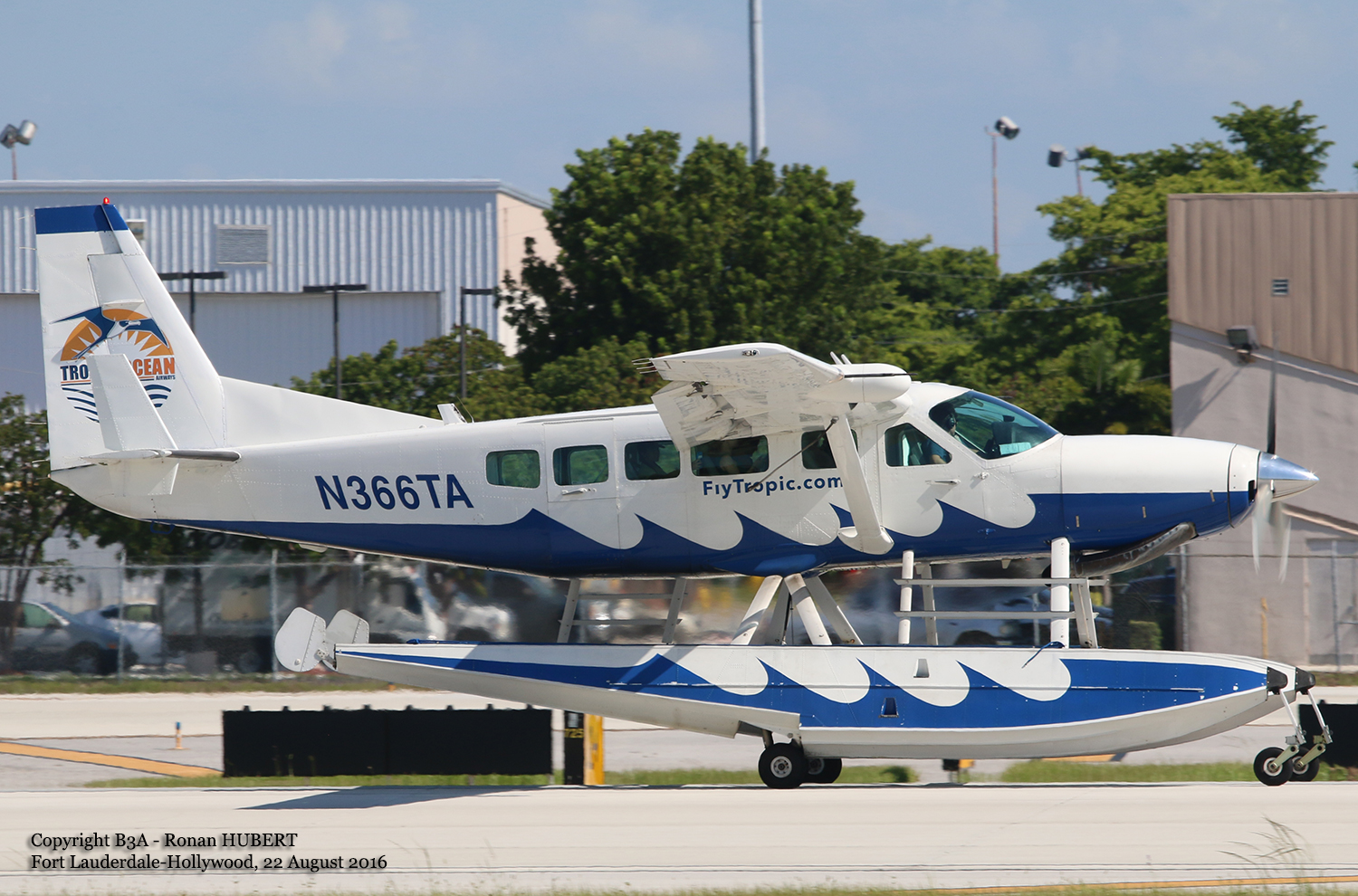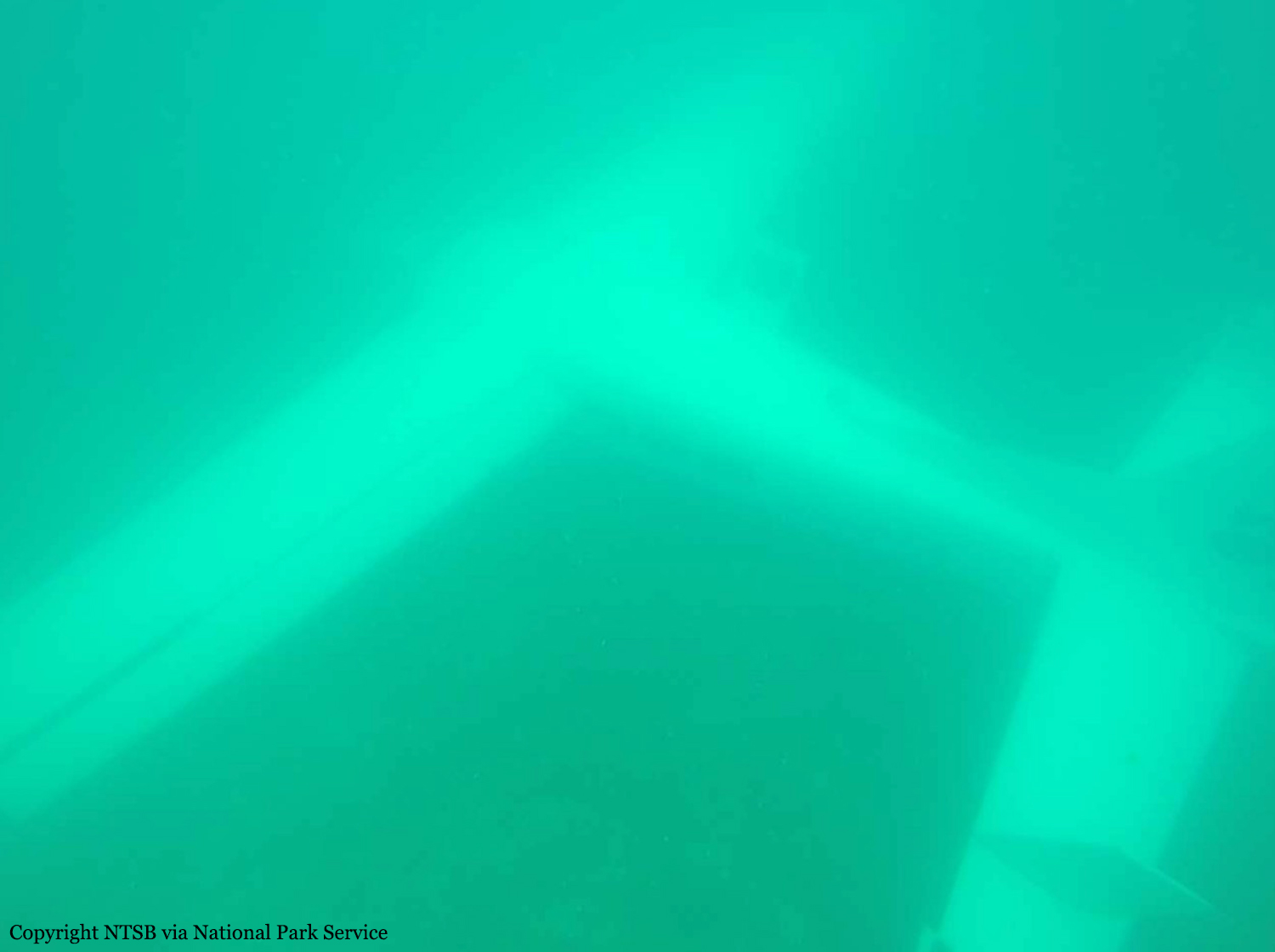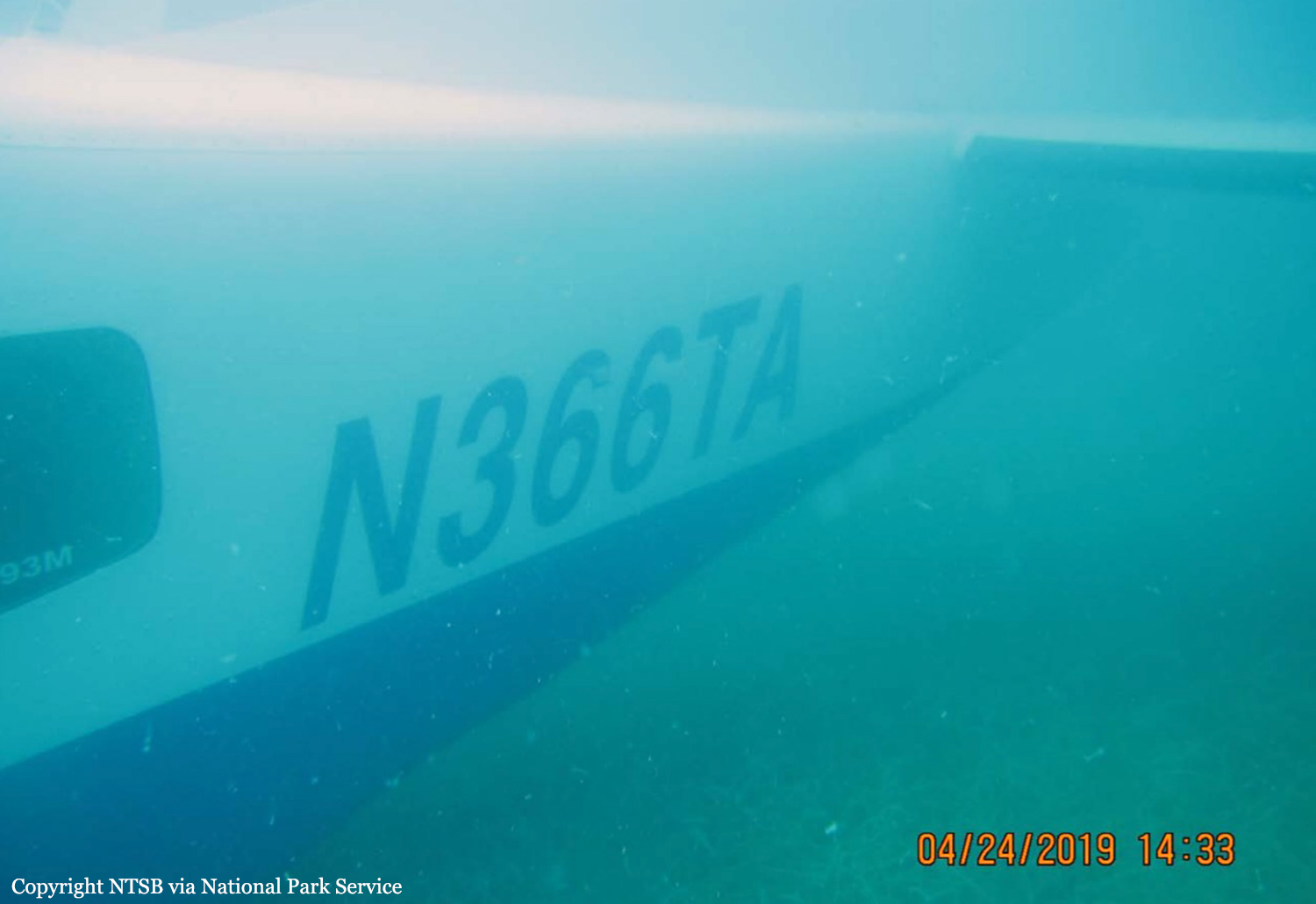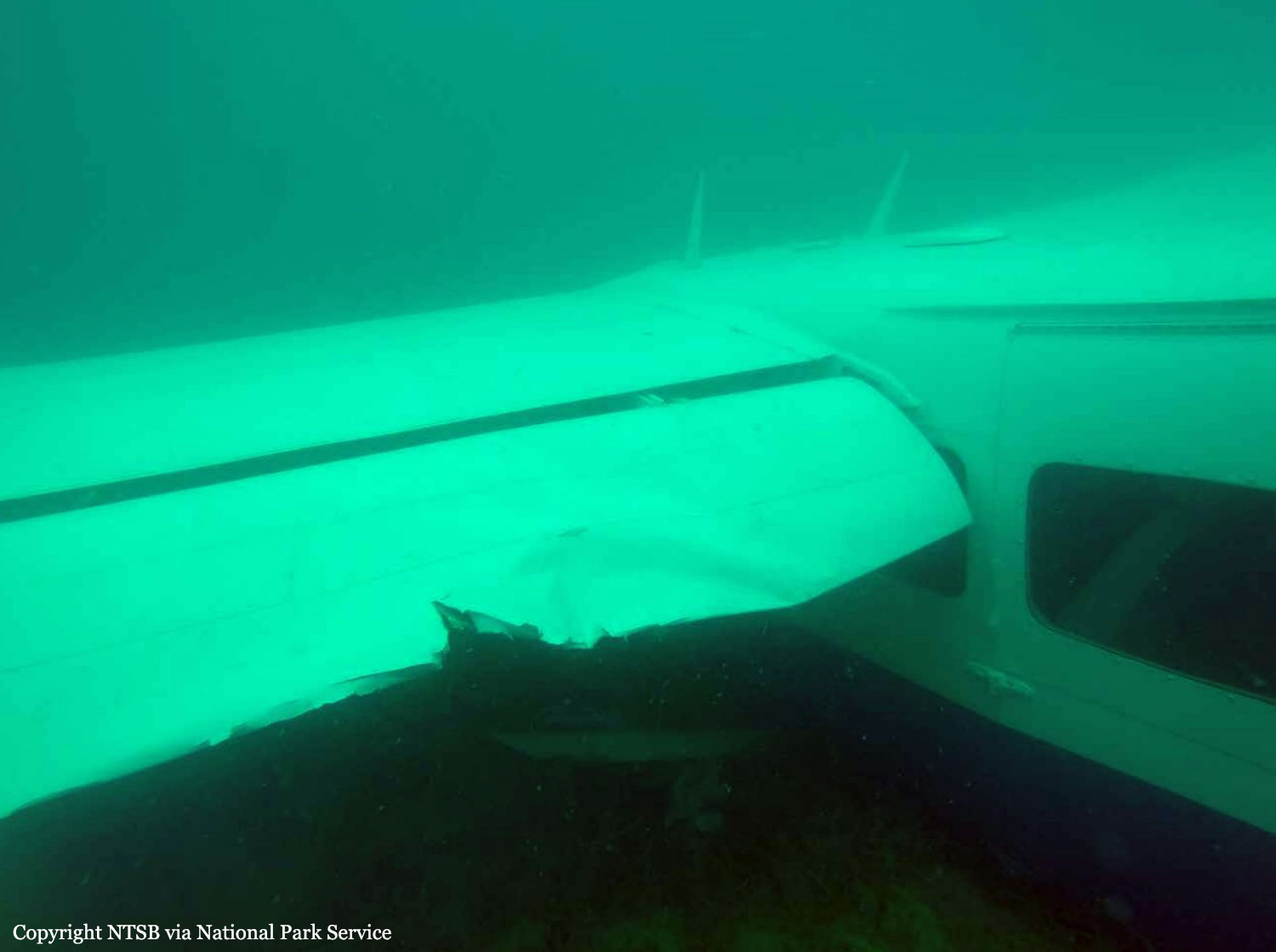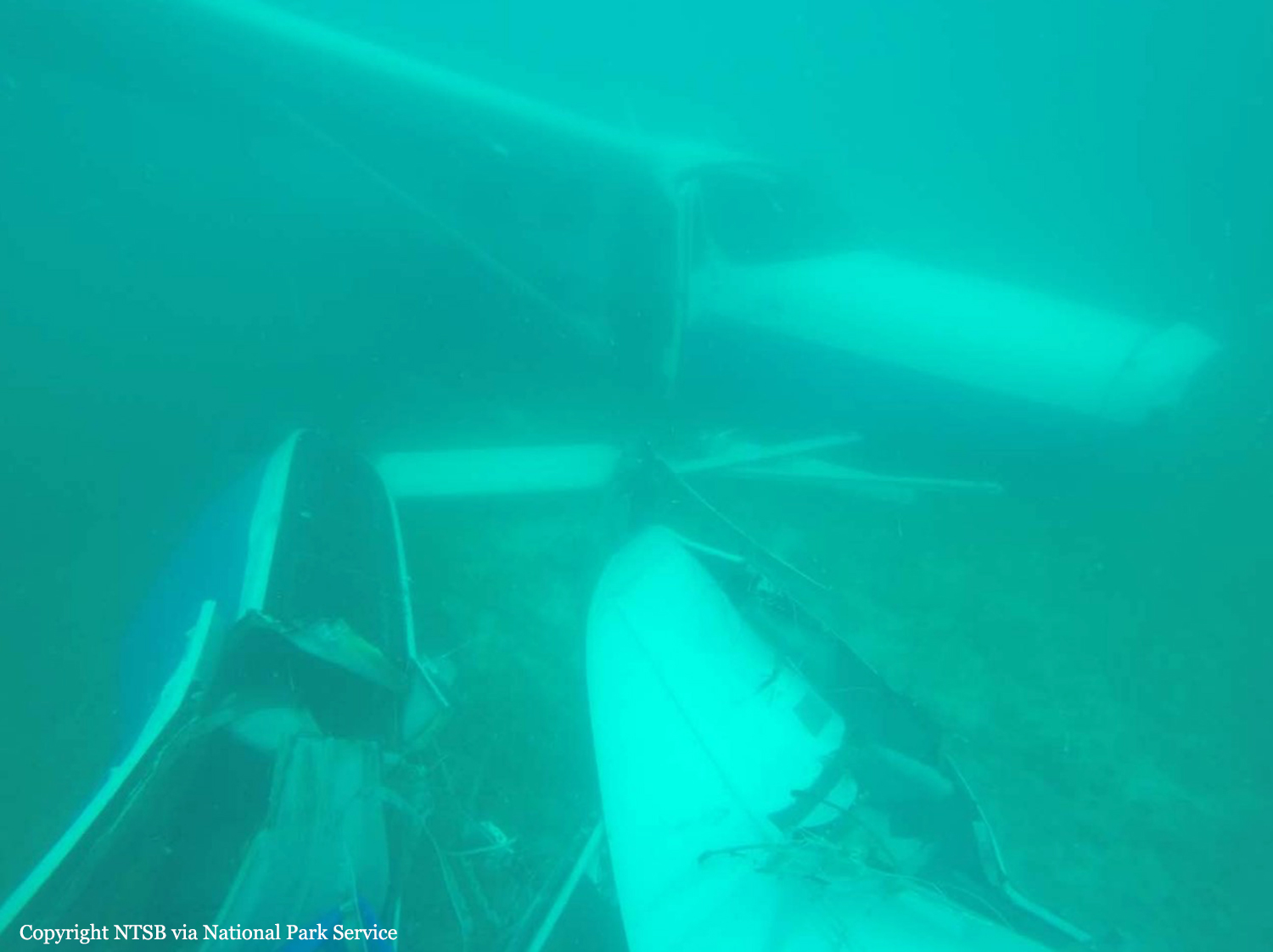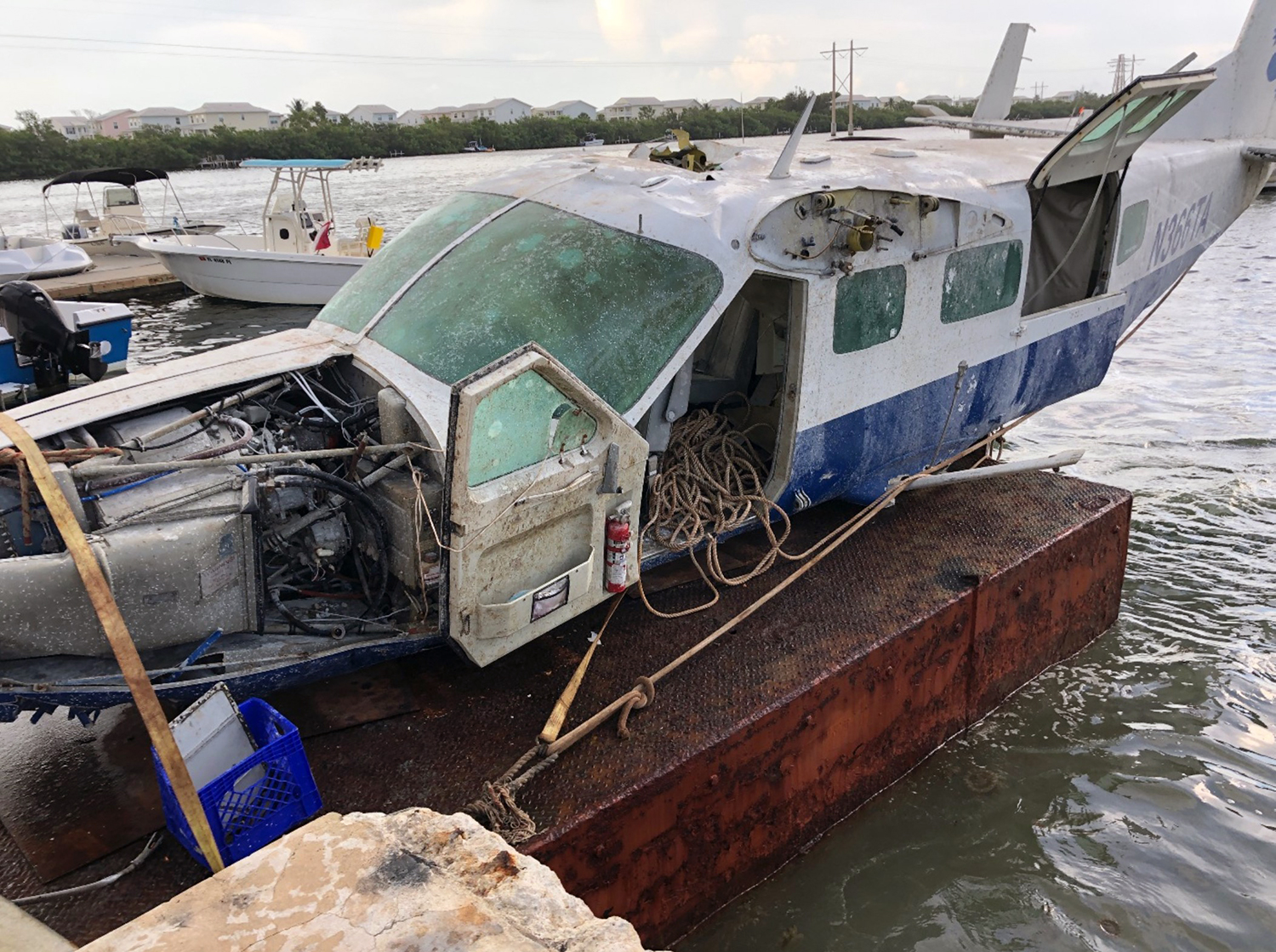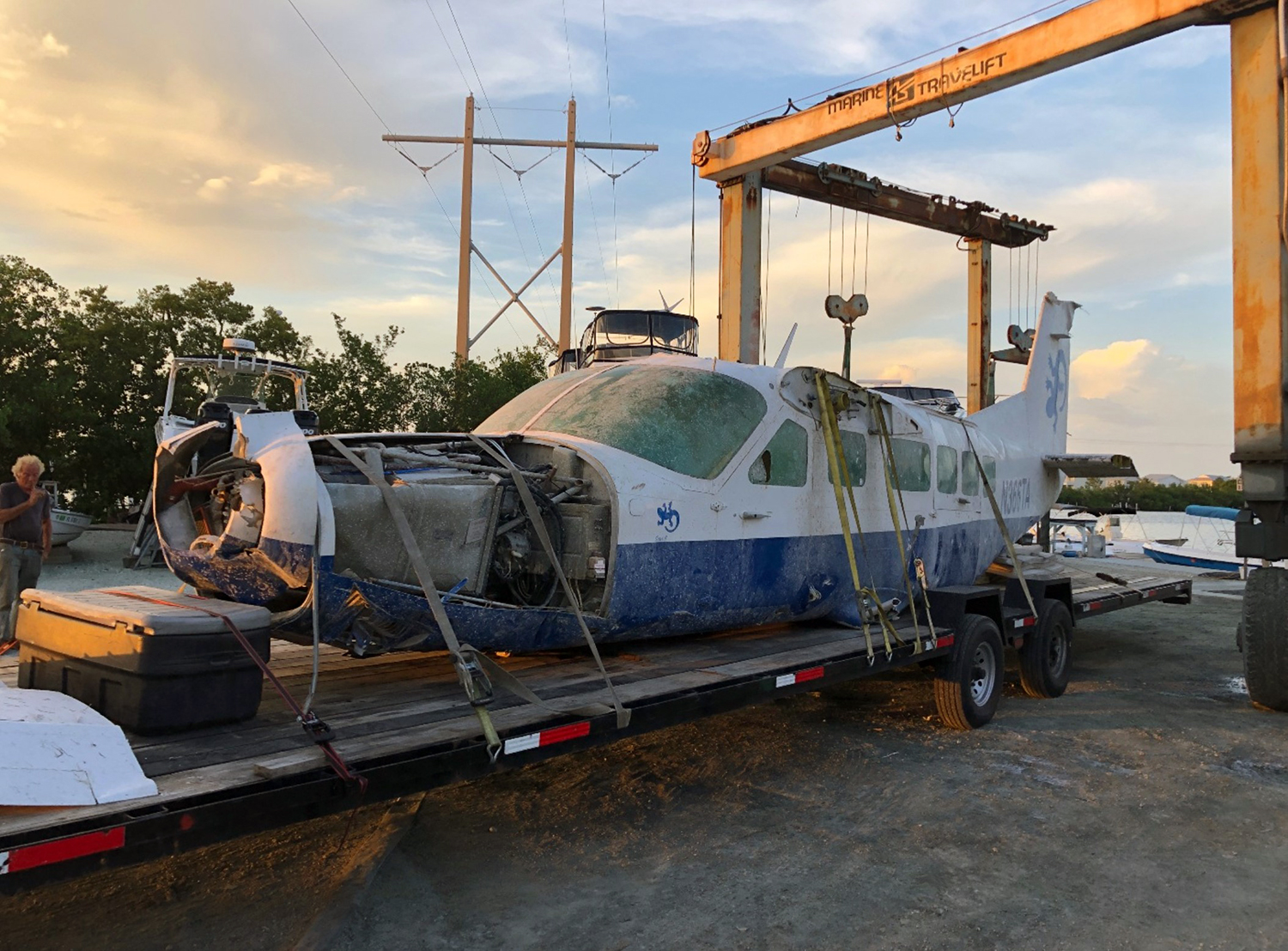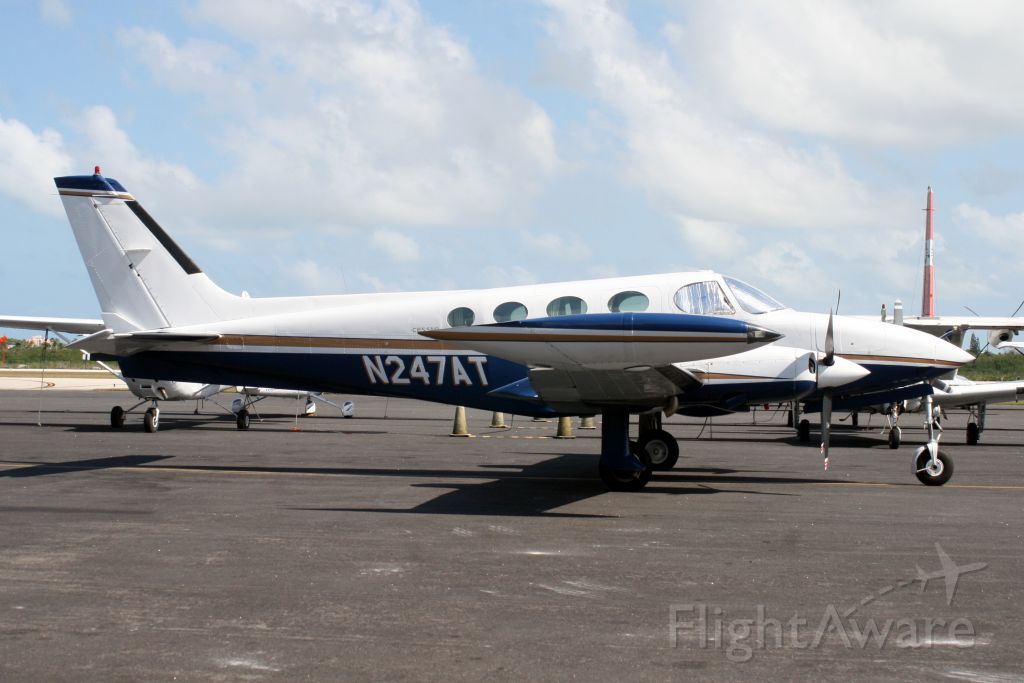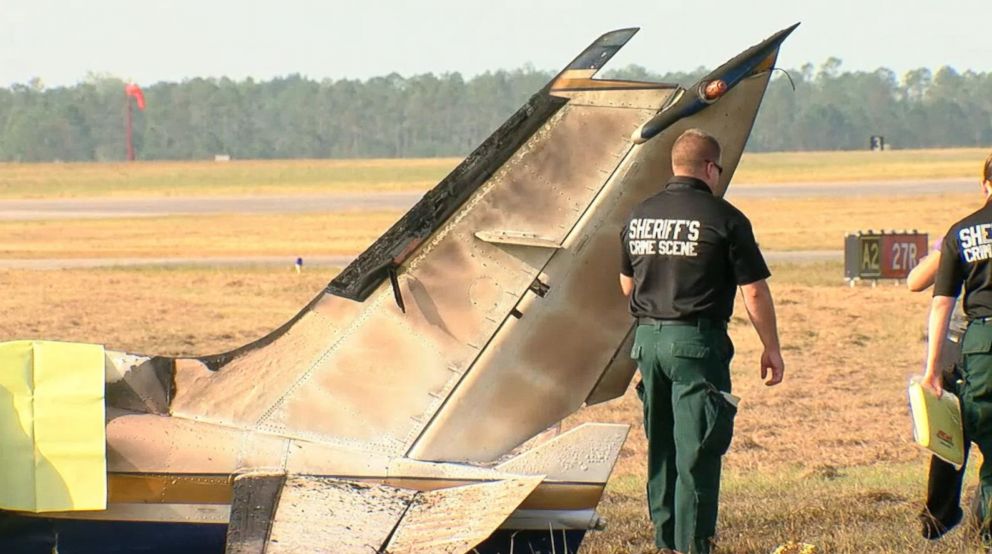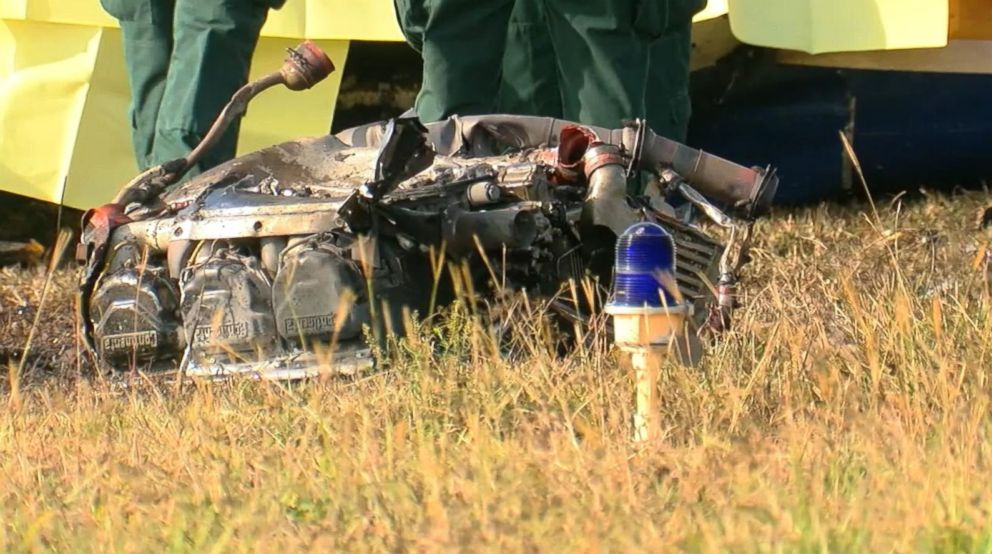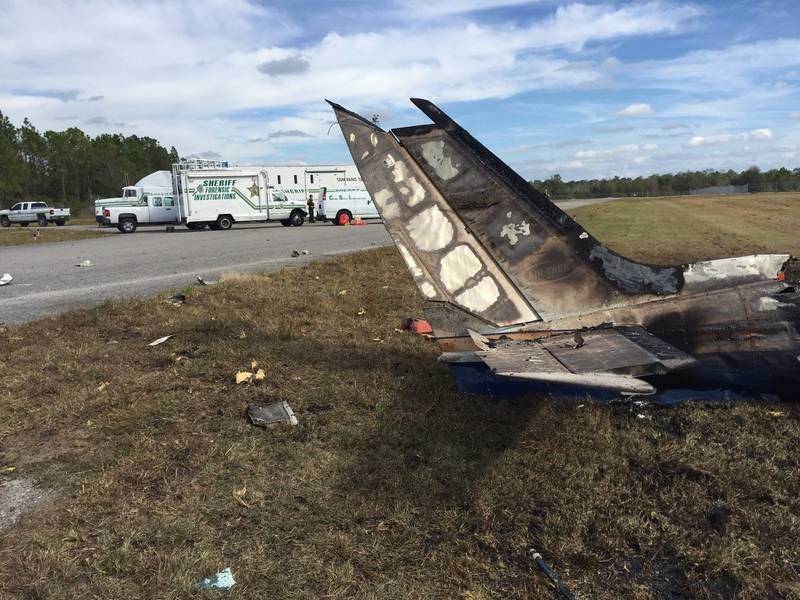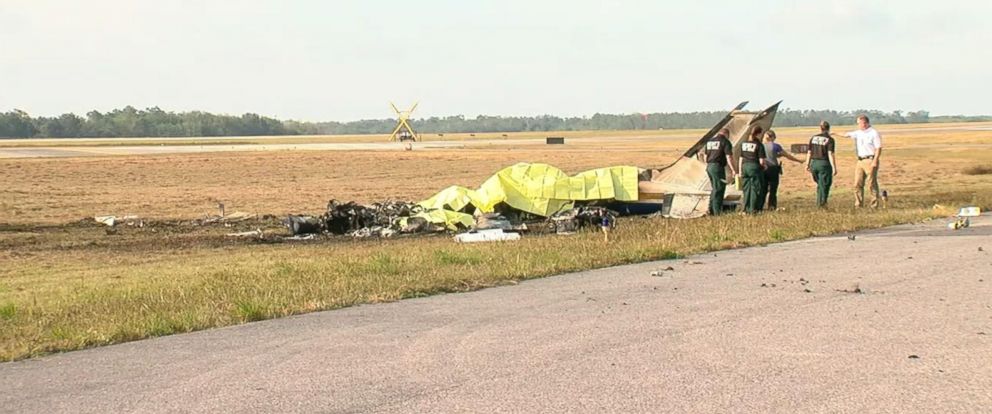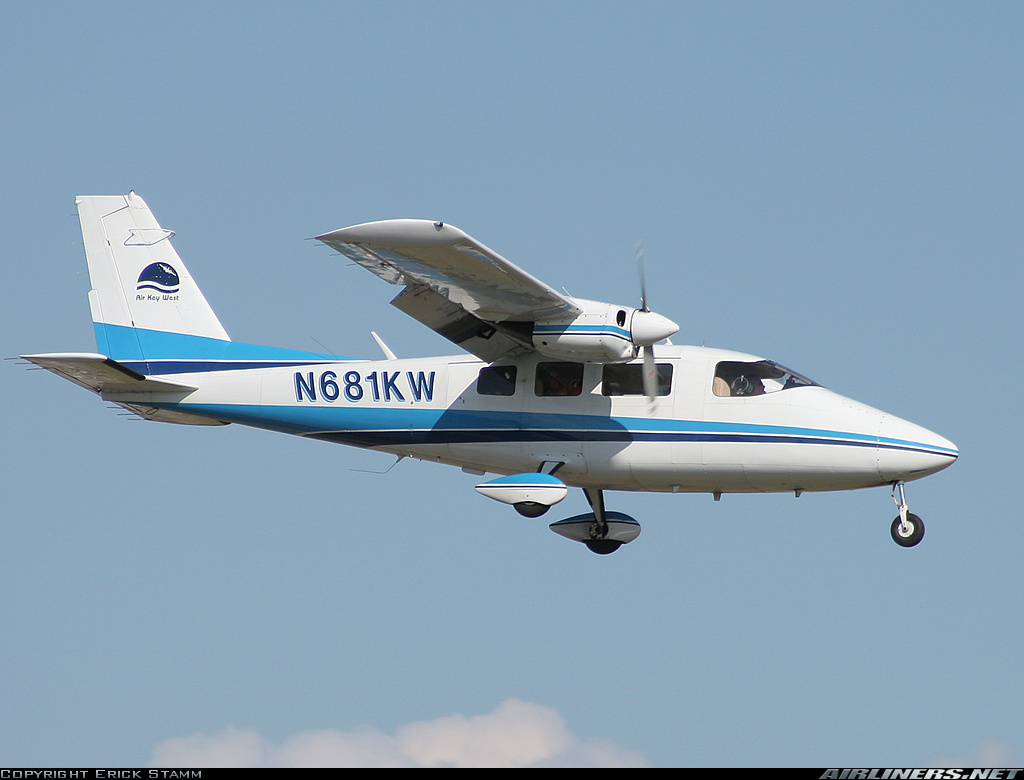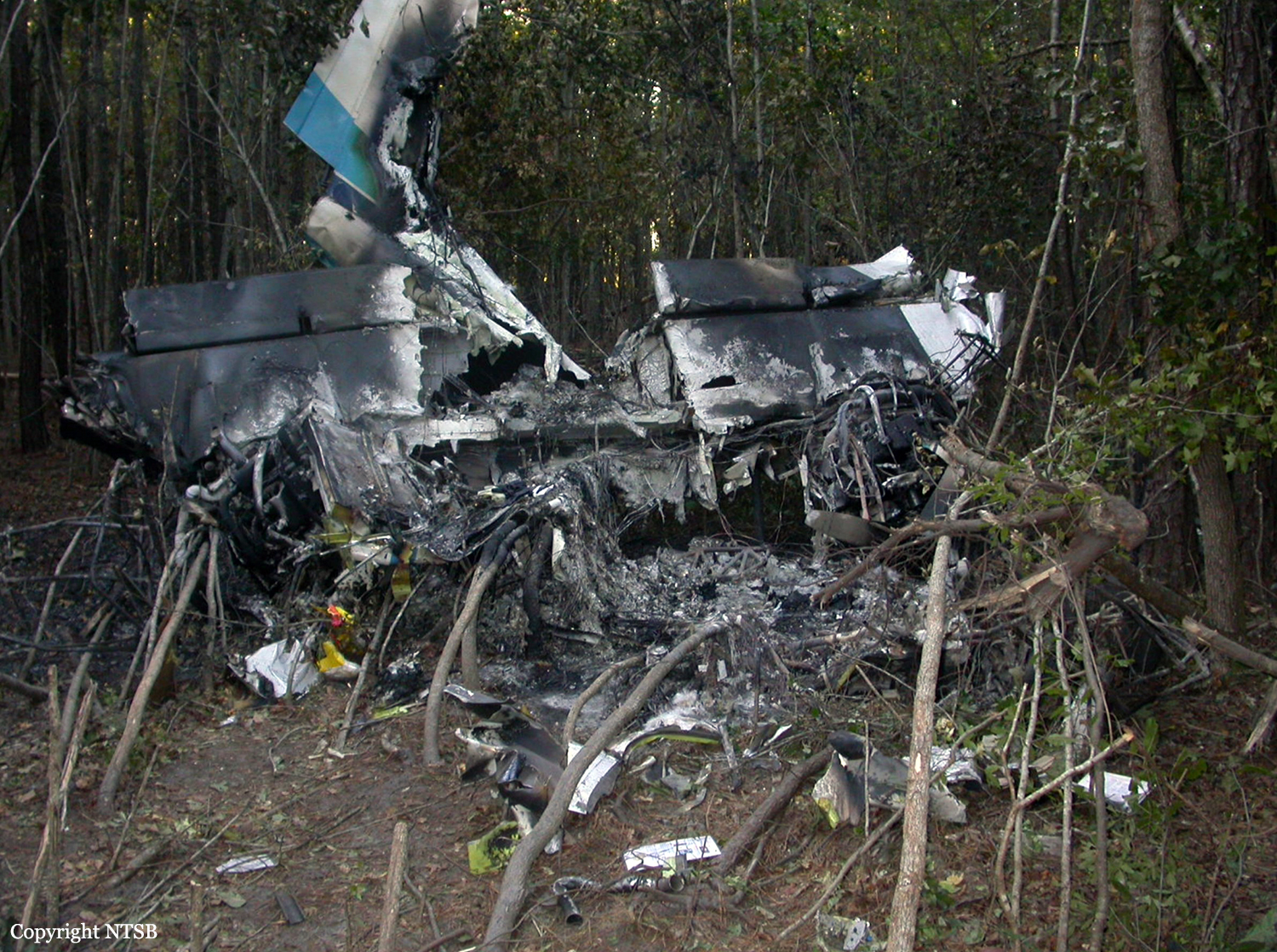Crash of a Rockwell Shrike Commander 500S off Key West
Date & Time:
Aug 13, 2023 at 1020 LT
Registration:
N62WE
Survivors:
Yes
Schedule:
Orlando - Key West
MSN:
500-3317
YOM:
1978
Crew on board:
1
Crew fatalities:
Pax on board:
0
Pax fatalities:
Other fatalities:
Total fatalities:
0
Captain / Total hours on type:
338.00
Aircraft flight hours:
3997
Circumstances:
The pilot was enroute to the destination airport and overflying the Gulf of Mexico when about 15 nautical miles from the airport and at an altitude of 3,000 ft, the right engine suddenly lost power. The pilot described that about that time, the fuel totalizers indicated that 48 gallons of fuel were onboard, and his fuel quantity gauge indicated similarly. He then contacted air traffic control and declared an emergency. Shortly thereafter, the left engine also suddenly lost power. The pilot attempted to troubleshoot the issue and restart both engines but was unsuccessful. He subsequently ditched the airplane and was rescued from the water without injury. The airplane was not recovered and could not be examined after the accident, therefore the reason for the loss of engine power could not be determined.
Probable cause:
A total loss of engine power for reasons that could not be determined.
Final Report:
